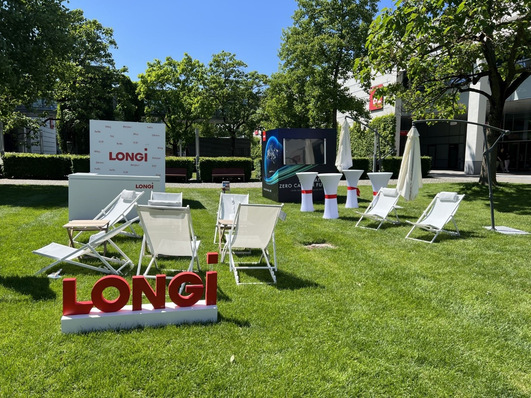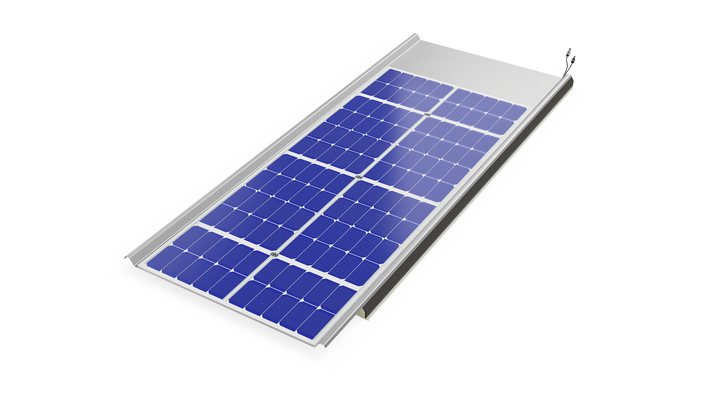According to the 2018 UN World Water Development Report, 2.1 billion people worldwide don’t have access to clean drinking water, and 3.6 billion people (almost half of the world’s population) live in areas which are threatened by water shortages for at least one month of the year. This number is expected to rise to 5.7 billion people by 2050 on account of climate change and general population growth – factors which have led the UN to forecast a 100% increase in global water consumption by as soon as 2030. Water crises have ranked among the top 5 risks in the past eight annual World Economic Forum Global Risks Reports.
There is a global need for more sustainable water management, more efficient use of water, more equitable distribution, and maximum decarbonization of water collection and treatment as part of international climate conservation efforts.
Water treatment and transport by means of solar power
PV-supported systems also present interesting opportunities for the desalination of brackish and salt water, for instance via reverse osmosis. In Witsand, South Africa, an installation was recently put into operation which can either run off-grid on pure solar energy or be coupled with the local utility grid system. With 66 kilowatts of power, it can produce about 100 cubic meters of clean water per day.
With its REvivED water project comprising ten companies and research institutes from six European countries, the EU is testing electrodialysis as a viable option for the desalination of salt and brackish water. Water disinfection systems, too, can also be powered by solar energy. The most commonly available systems are off-grid water treatment systems that rely on a combination of UV disinfection and solar energy.
Solar-powered pumping systems
Solar-powered pumping systems offer another invaluable approach to drinking water supply and agricultural irrigation in sunny and arid rural regions. Solar pumps are typically operated off-grid, sometimes coupled with the general utility grid or integrated as part of a mini-grid supported by renewables. According to Joachim Went, project leader at the Fraunhofer Institute for Solar Energy Systems ISE, “a rather large global market” has established itself for PV pumping systems, which themselves are considered “an advanced technology,” particularly those generating up to 5 kilowatts (kW). Photovoltaics can do a lot in this area, particularly as prices continue to fall.
Special exhibit Water for the World
Information on current branch solutions will be available at Intersolar Europe’s special exhibit Water for the World located at booth B3.151, co-organized by Raach Solar GmbH and Grundfos GmbH. The organizers will be exhibiting an autonomous water treatment plant powered by photovoltaic energy and suitable for any location lacking access to clean water. The installation performs the entire process of water pumping, treatment and purification, storage, distribution and management. By using the AQtap intelligent water ATM, customers will have the opportunity to decide for themselves how much water they will consume and can pay for their needs in advance. Not only does AQtap showcase an interesting application of photovoltaics in water treatment – particularly for non- governmental organizations (NGOs) and municipal water utilities – it also represents a compelling business model. (HCN)
Stay informed, get our free newsletter twice a week. Register here
Join our pv Guided Tours at The smarter E Europe 2019 (Intersolar Europe, ees Europe, Power2Drive, EM-Power), register here







